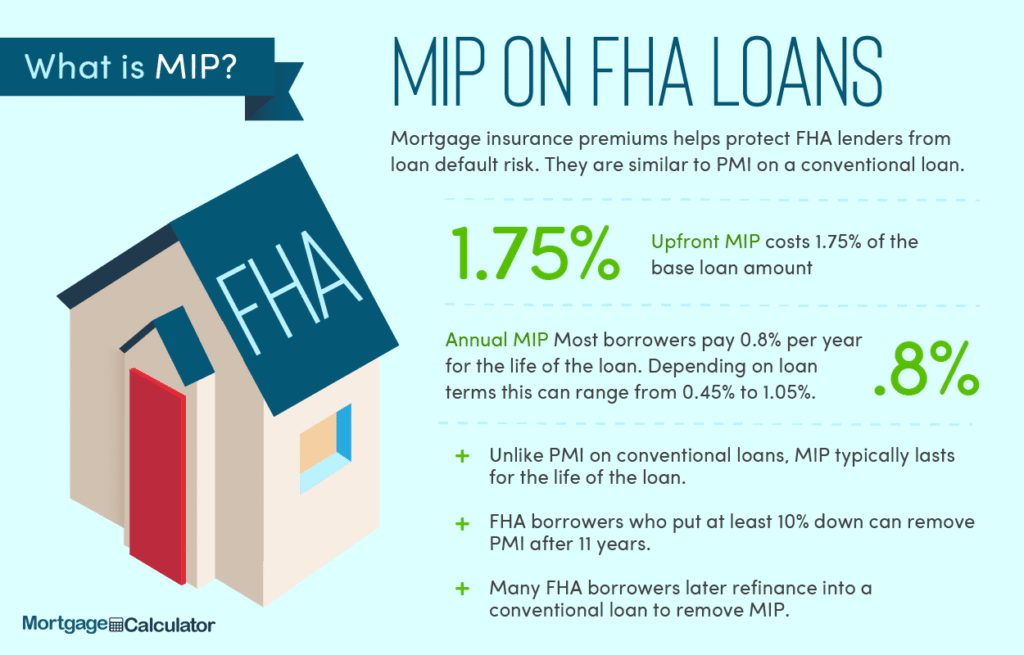In the world of investing, two primary strategies dominate the conversation: active and passive investing. Understanding the distinctions between these strategies and the conditions under which each may flourish can greatly influence an investor’s portfolio performance over time. Below, we explore the nuances of active versus passive investing, including insights on which strategy investment advisors tend to recommend under various market conditions.
Introduction to Active Investing
Active investing involves a hands-on approach where fund managers or individual investors make specific investments with the goal of outperforming the market or a specific index. This strategy requires extensive research, and market trend analysis, and often involves higher transaction fees due to frequent trading. 
Benefits of Active Investing
The main advantage of active investing is its potential for higher returns, especially in volatile or declining markets. Active managers can exploit market inefficiencies, and potentially adjust portfolios quickly in response to changing market conditions.
Downsides of Active Investing
Active investing can be more expensive due to higher management fees and transaction costs. There’s also the risk that the investment manager’s decisions may not always lead to the desired outcome, potentially underperforming the market.
Introduction to Passive Investing
Passive investing takes a more laid-back approach, focusing on long-term investments in index funds or ETFs that track a market index. The goal here is not to outperform the market, but to mirror its performance, minimizing fees and portfolio turnover. 
Benefits of Passive Investing
Passive investing is generally less costly in terms of fees compared to active investing. It promotes a long-term investment perspective and has been shown to consistently match or exceed the performance of active investing over long periods.
Downsides of Passive Investing
One of the major drawbacks of passive investing is the lack of control over investment choices. Investors are committed to the performance of the index they track, which means they could miss out on significant gains from individual stock performances.
What Do Advisors Recommend?
Many investment advisors strike a balance between active and passive strategies, recommending a core-satellite approach. This involves having a passive investment core, complemented by active investments that aim for higher returns. The recommendation often depends on the client’s investment goals, risk tolerance, and market outlook.
Considerations for New Investors
New investors should consider their long-term investment goals and risk tolerance. Engaging with a financial advisor can help determine the right balance between active and passive strategies to meet these goals.
Active Investing in Bull vs. Bear Markets
In bull markets, active investing can provide substantial returns as managers take advantage of rising stock prices. However, in bear markets, active strategies might protect investors from significant losses by quickly adjusting portfolios.
Passive Investing in Various Market Conditions
Passive investments tend to perform well in steadily rising markets as they mirror the broader market’s performance. However, during market downturns, passive strategies will directly reflect any declines.
The Tax Implications of Active vs. Passive Investing
Active investing often results in higher capital gains taxes due to frequent trading. Passive investing, on the other hand, tends to be more tax-efficient because of lower turnover rates.
Diversification and Risk Management
Both strategies offer different approaches to diversification and risk management. Active investing allows for targeted investments, potentially reducing risk, while passive investing distributes risk across the entire index.
Technology’s Role in Modern Investing
Modern technology, including robo-advisors, has made it easier for investors to engage in both active and passive strategies. This technology can help investors make informed decisions and automate their investment process. 
Choosing the Right Investment Strategy
Ultimately, the choice between active and passive investing should be based on individual financial goals, risk tolerance, and investment time horizon. An investment advisor can provide valuable insights and guidance in making this decision.
Conclusion
Active and passive investing each have their merits and can play pivotal roles in an investor’s portfolio. By understanding the characteristics and potential outcomes of each strategy, investors can make informed decisions that align with their financial goals.
Frequently Asked Questions
Is passive investing always safer than active investing? Not necessarily. While passive investing generally involves less risk and volatility by mirroring an index, both strategies come with their own sets of risks and potential for rewards.
Can you mix active and passive investing strategies? Yes. Many investors and advisors recommend a blend of both strategies to balance potential risks and returns.
How do market conditions affect the choice between active and passive investing? Market conditions can greatly influence the effectiveness of either strategy. Typically, active strategies might outperform during volatile or declining markets, while passive strategies may thrive in steadily rising markets.
Are active strategies more expensive than passive ones? Yes, active strategies often come with higher management and transaction fees compared to passive strategies.
How important is an advisor’s role in choosing an investment strategy? Very important. An experienced advisor can offer tailored advice based on an individual’s financial situation, goals, and risk tolerance, steering them towards the strategy that best suits their needs.


